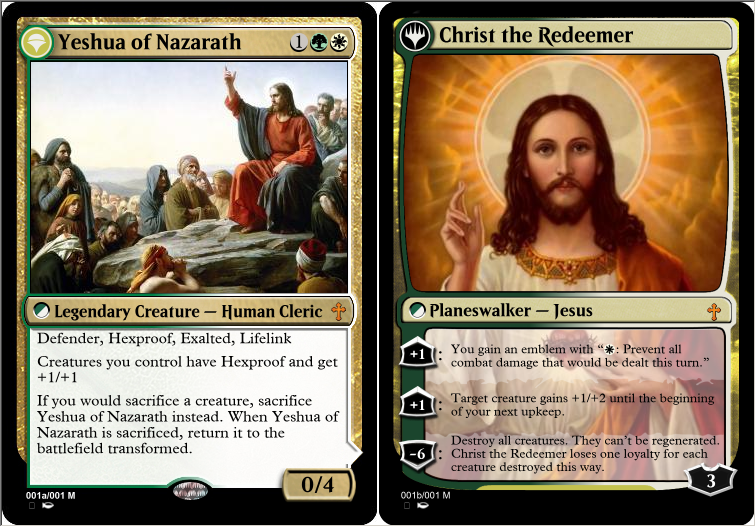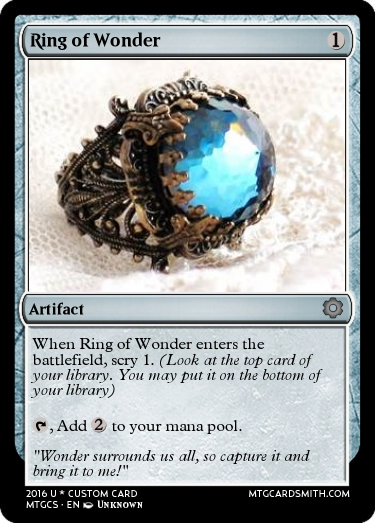I think her (somewhat unstated) argument is that it's easier to balance a cube as a beginner when your decision for each card is binary - either it's in or out. As noted above, breaking singleton means that you now have another dial to mess with. This allows for finer tuning, but also requires greater care and experience. To put it another way, singleton cubes are easier to manage in that constraining your possible options reduces potential decision paralysis and gives fewer ways to screw up, while breaking singleton allows more freedom to achieve your other goals in cube design. Singleton can be a goal in itself or act as training wheels for new designers.
Given that the most drafted cube ever, the MTGO cube, is singleton, I don't think it's unfair to tell beginners that cube is generally a singleton endeavor as long as you mention that it's just a guideline that can be broken for other goals. In any case, it's certainly better than MTGS purists who refuse to call non-singleton formats cubes at all.



